Indy Environment: Mountain bike trails wheeling in the tourism for rural Nevada
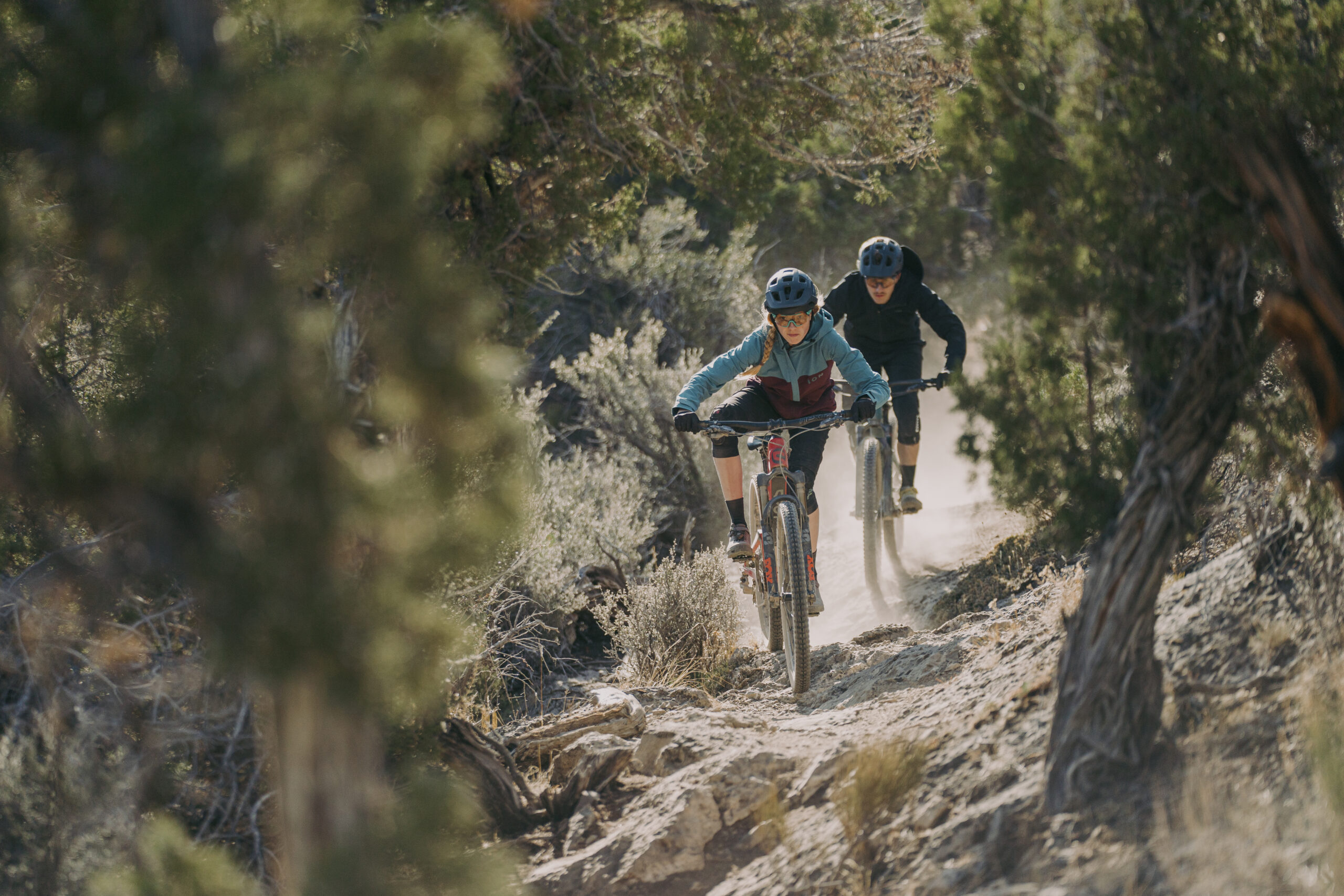
Good morning, and welcome to the Indy Environment newsletter. I'm Amy Alonzo, the environment reporter for The Indy.
In celebration of Thanksgiving, this newsletter is focused on things across Nevada we can be thankful for, from expanded recreation opportunities to safer water treatment infrastructure.
As always, I want to hear from readers. Email tips to me at [email protected].
To get this newsletter in your inbox, subscribe here.
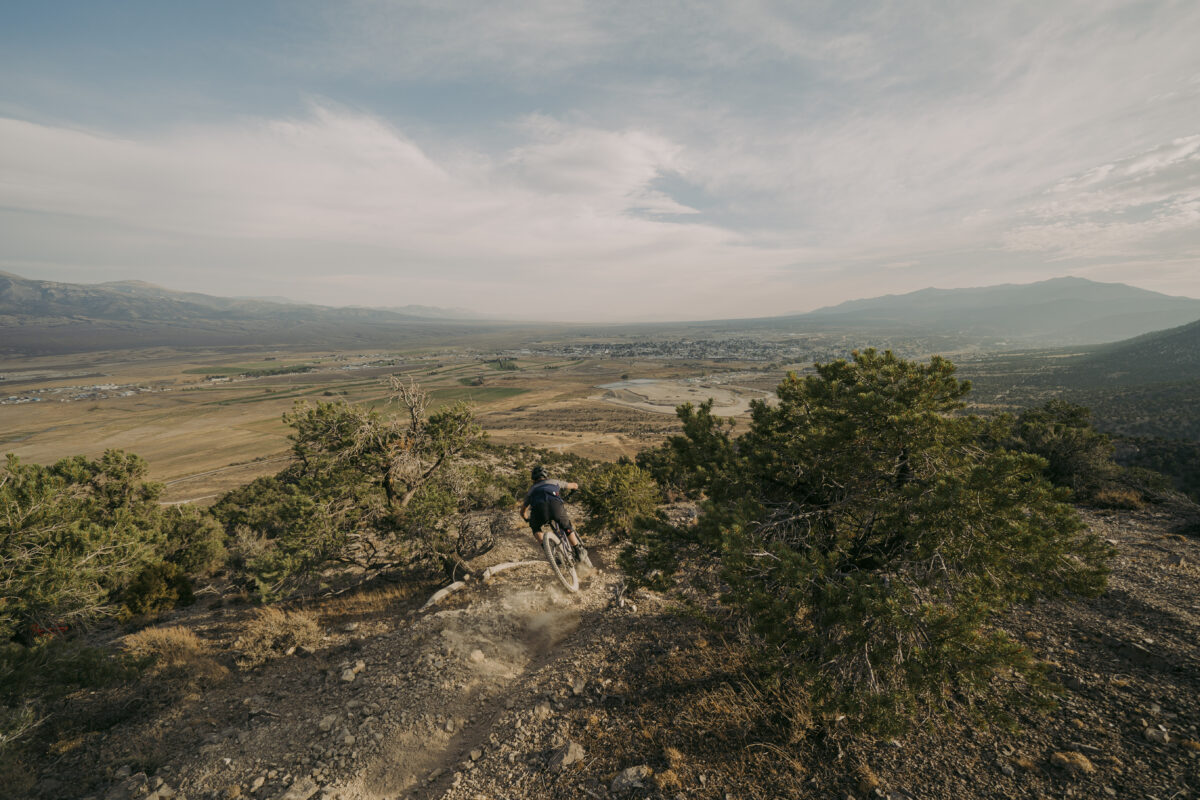
“The best outdoor recreation in the state” is a slogan some could argue belongs to western Nevada’s portion of Lake Tahoe or Southern Nevada’s Red Rock Conservation Area.
But according to the city of Ely, that title belongs to the tiny eastern Nevada city, home to one of the oldest mountain bike races of its kind in the United States and gateway to the state’s only national park.
Whether the region’s recreation is the best can be debated, but there is no question that Ely and White Pine County have directed substantial funding and effort toward growing tourism in the city that sits near the end of the Loneliest Road in America and the Utah border, roughly four hours from the closest major metropolitan area.
Investing in tourism in rural communities brings in new money, said Kyle Horvath, director of tourism for the White Pine County Tourism and Recreation Board. Without that influx of new money “you’re just shuffling the same money throughout the community and there's not really any growth.”
In Ely, that growth hinges on a variety of attractions — the city’s railway museum for history buffs, festivals for those seeking a relaxing small-town escape, and, more and more, those seeking out Ely’s mountain biking trails.
“It’s been like this underground cult classic mountain biking destination, but nobody knew about it because they weren’t marketing it,” said Horvath, who moved to Ely in 2017 for the job, as well as the accessibility to the area’s mountains and trails.
The area boasts 51 miles of dedicated singletrack trails specifically designed for cyclists — with work underway to expand that to more than 100 miles. While mountain biking trails can be used by hikers, equestrians and others, they are designed specifically with cycling in mind, with banked turns and added features, often not exceeding a maximum steepness.
Investing in outdoor recreation is a model other rural Nevada communities are leaning into as well.
Caliente, a city of roughly 1,100 people in Lincoln County, is touting itself as “the hottest new biking destination in the West.”
The city also has more than 50 miles of purpose-built singletrack, noting it has “something for every rider — and we’re still building!”
The Lincoln County trails are an investment in the county’s excellent outdoor recreation opportunities that, for decades, were undiscovered because of a lack of infrastructure, said Marcia Hurd, executive director of the Lincoln County Authority of Tourism. Mountain bike trails allow non-locals the opportunity to explore those assets, she said, while attracting people to the county’s restaurants, hotels and stores.
The trails aren’t only a way to attract visitors; they’re a way to build an economic buffer in areas that struggle to generate revenue.
“Tourism kind of helps bust-proof communities,” Horvath said. “Even if one industry were to downturn, there’s still that safety net of tourism if you play it right.”
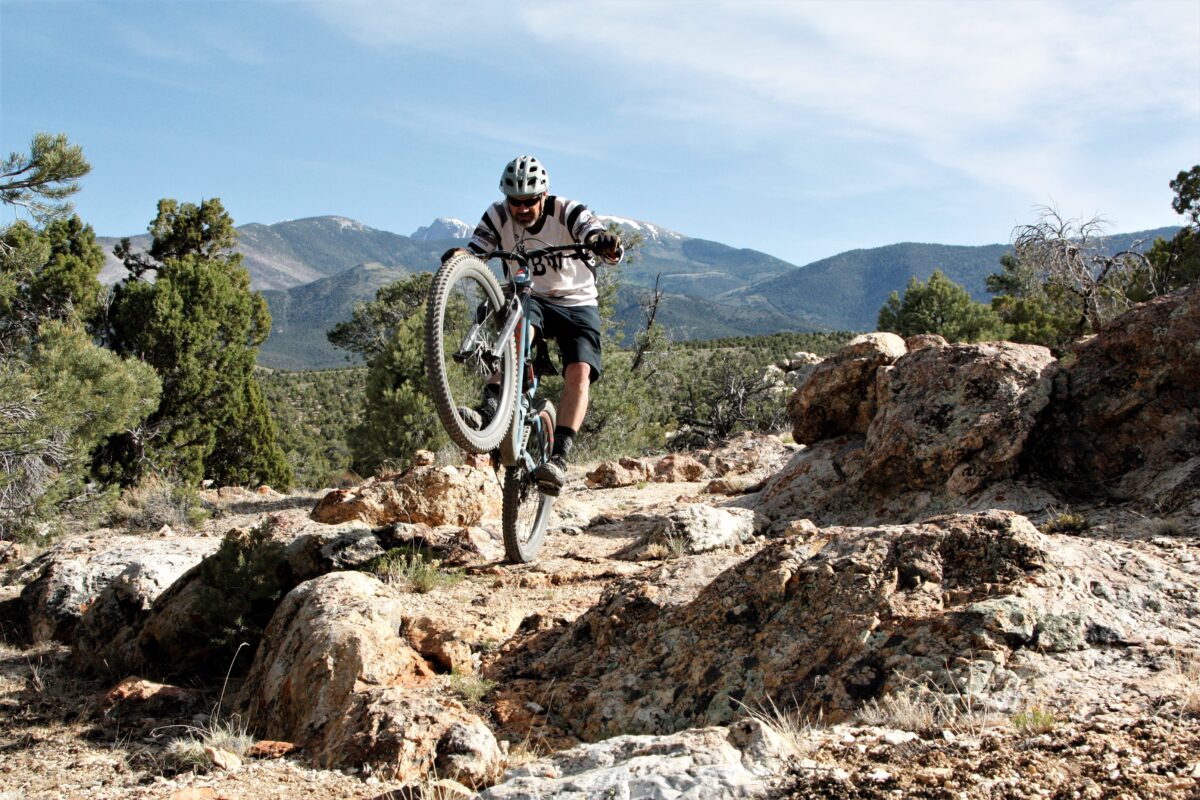
Putting tourism money back into the community
Ely, like many Nevada cities and towns, has its roots in mining.
The Robinson Mine, for decades one of the region’s largest employers, can trace its history back to 1867.
So when the Robinson Mine shuttered in 1978, “Ely was told, ‘you’re the next ghost town in the making,’” Horvath said.
But the city stayed afloat, the mine reopened in 2004, and tourism emerged as a primary economic driver in the city.
Now, the push is to take it to “the whole next level,” Horvath said.
White Pine County Tourism and Recreation pours 51 percent of the room tax it collects from visitors directly back into events and recreational infrastructure “supporting things that attract tourists,” Horvath said.
In 2021, $1.1 million was reinvested in tourism-driven attractions and events.
“We’re putting that tourism money back into the community,” he said. “You can’t compete with Tahoe. But the quality of our recreation facilities — that’s what we mean by best in the state, as well as the diversity.”
In neighboring Lincoln County, Nevada’s third largest by size but one of the smallest by number of residents, spending on recreation and tourism is a way to stimulate the economy in a county where 98 percent of the land is managed by the federal government.
The county has seen its population decline during the last few decades, and at the beginning of the century, ideas for stimulating the county’s economy included developing Caliente into a transfer station for the nation’s radioactive waste.
Although that didn’t come to fruition, another effort at driving economic growth has — mountain biking trails. The county opened its first several miles of dedicated singletrack in late 2017, drawing several hundred visitors.
The International Mountain Bike Association estimated Caliente could draw 7,000 to 8,000 people per year with the trails it currently has, according to a 2019 economic analysis of mountain biking and other outdoor tourism prepared for Caliente and Lincoln County by UNR, although those visitors are likely to be seasonal.
According to the economic analysis, mountain bikers are overwhelmingly men with average incomes of more than $60,000 who ride for a few hours, then eat, drink and look for other entertainment or recreation. The goal is to market the county as an area those types of visitors would want to spend multiple days visiting, riding and spending money in the community.
That number of visitors would generate enough revenue to allow new businesses such as bike shops or rental facilities to establish themselves with a handful of employees to cater to the tourists and be successful, according to the UNR report.
But the county is looking to build more. Lincoln County has earmarked a goal of building around 80 miles of trail through partnerships with the City of Caliente, Nevada Division of State Parks, the Bureau of Land Management and nonprofit conservation and mountain biking organizations.
“The growth of mountain biking dollars, through tourism assets, provides sustainability for our businesses and helps support the workers and local communities,” Hurd said in an email. “And, let’s face it, it’s fun to get out and challenge ourselves in an atmosphere of wide-open spaces and beautiful places.”
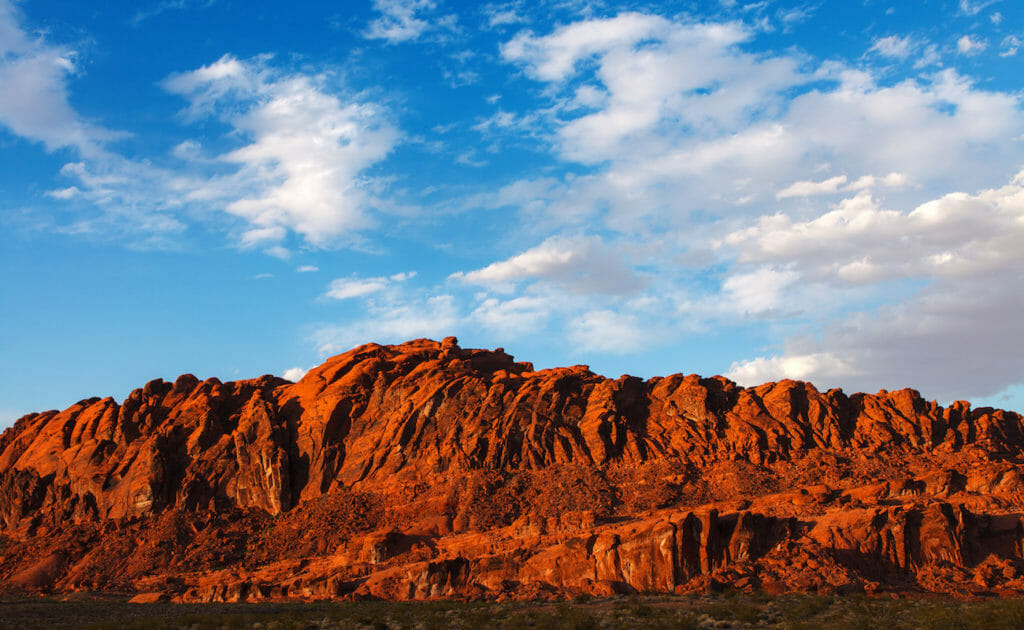
In the weeds
Red hot improvements — Valley of Fire State Park will be closed to all visitors Dec. 2-15 as roads are prepared for construction of the park’s new visitor center, fire rings are replaced in campgrounds and restrooms are upgraded.
The park broke ground on its new visitor center in April at a site about 3 miles west of the existing facility, which dates back to 1969. The new, 17,000-square-foot facility is expected to open in fall of 2025.
Increased visitation at Nevada’s oldest state park has taken a toll on the park’s infrastructure. Nevada’s 27 state parks draw close to 4 million visitors per year; nearly half travel to just two parks — Valley of Fire northeast of Las Vegas and Sand Harbor in Tahoe. In 2023, 670,000 people visited Valley of Fire.
IRA funds boost tribal water supplies — Three Nevada tribal communities will gain access to cleaner drinking water thanks to a combined $5 million in federal funding under the Inflation Reduction Act.
The Fallon Paiute-Shoshone Tribe will receive nearly $3.8 million to enhance its water distribution and treatment system; the Shoshone-Paiute Tribes of the Duck Valley Reservation will receive $1.5 million to extend waterlines to 88 households that currently rely on shallow, privately owned wells; and the Pyramid Lake Paiute Tribe will receive $30,000 to upgrade its infrastructure to more effectively prevent contamination.
Some researchers estimate nearly half of all households on Native American reservations do not have access to clean water and adequate sanitation.
Not all plants are beneficial — Aquatic invasive plants spanning 17 acres of Tallac and Taylor creeks and marshes have been eradicated in what was the largest removal project of its kind in Lake Tahoe.
A three-year effort saw the plants eradicated after large tarps, known as bottom barriers, were used to block sunlight and starve the Eurasian water milfoil. Aquatic invasive plants can threaten the lake’s clarity and reduce its water quality.
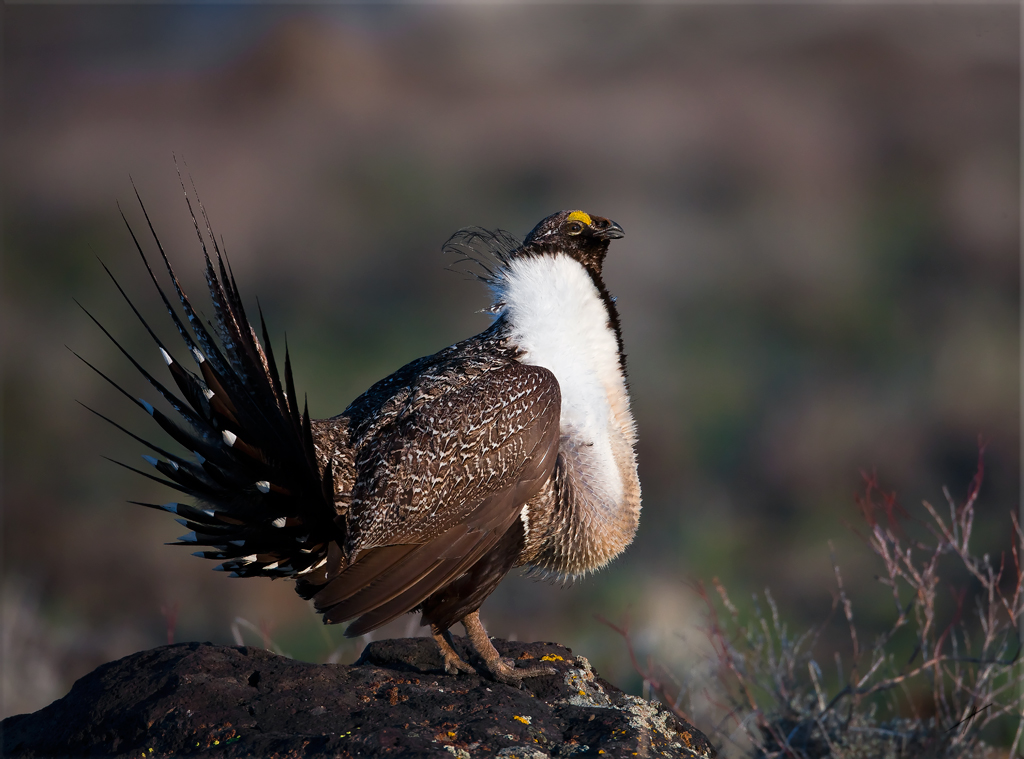
ICYMI
Conservationists paint bleak picture of Nevada’s environment under Trump — President-elect Donald Trump’s victory means a lot of things to different people. With his push for drilling and opposition to clean energy, environmentalists have cause for concern.
U.S. to tighten restrictions on energy development to protect struggling sage-grouse — It's doubtful the changes would survive under Trump.
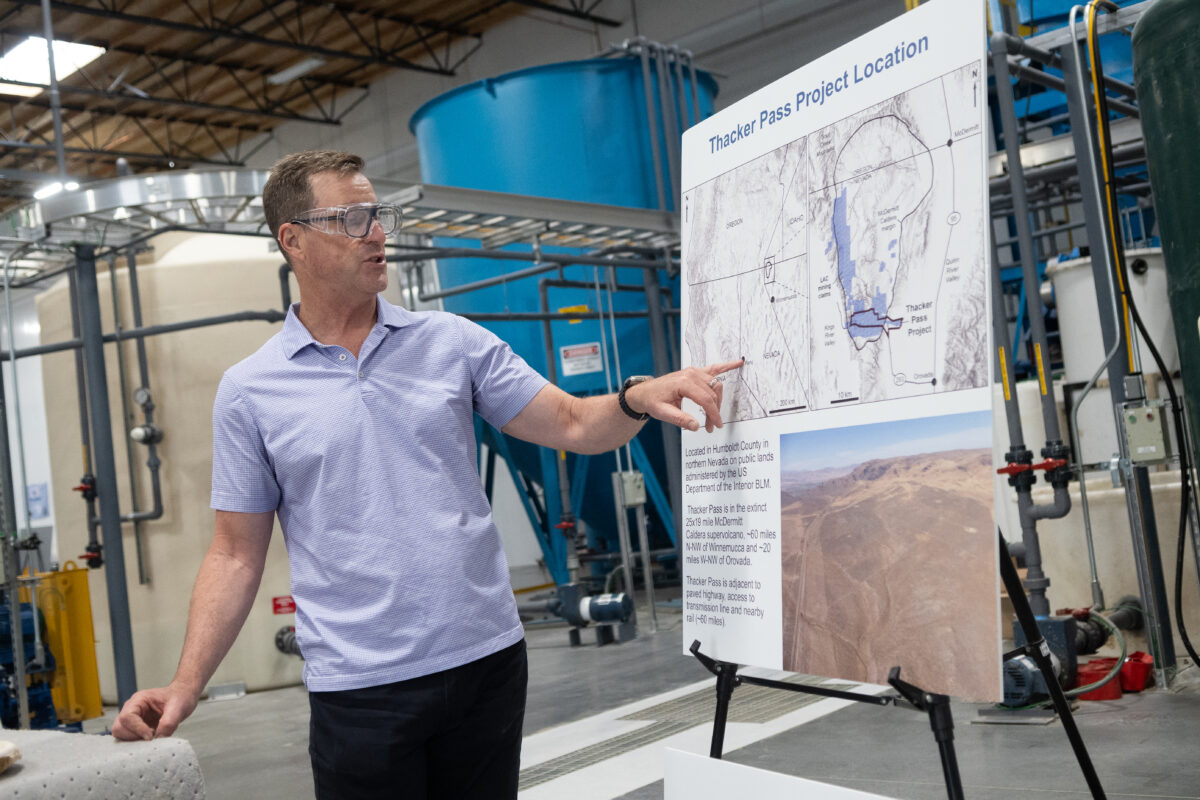
Here’s what I’m reading (and listening to) this week
- Los Angeles Times climate columnist Sammy Roth looks at an elaborate plan involving a hydrogen plant, wealthy coastal cities and materials from the failed Keystone XL pipeline that would extract water from one of the driest places in the nation — California’s Mojave Desert.
- Oilprice.com reports that lithium prices worldwide continue to drop and are now down 80 percent compared to 2022 prices due to fewer electric vehicle purchases and an oversupply of the mineral. Companies such as Abermarle, which owns Nevada’s only operating lithium mine, saw huge losses during the third quarter with the lower prices.
A closer look
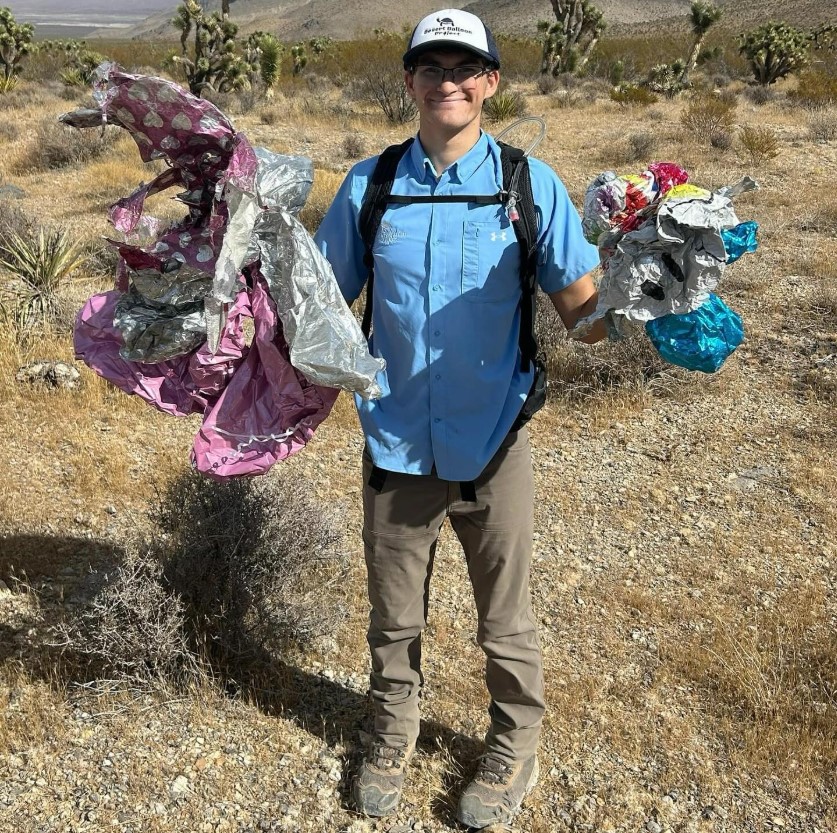
Christian Daniels holds mylar balloons he has recovered from the desert. (desertballoonproject/Instagram)
The Nevada Board of Wildlife Commissioners is honoring Christian Daniels, founder of the Desert Balloon Project, for his work removing harmful Mylar balloons from the desert landscape. He is the youngest recipient ever of the department’s Wayne E. Kirch Nevada Wildlife Conservation Award, honoring those who demonstrate significant achievements in the conservation, management or enhancement of wildlife.
Daniels, from Las Vegas, founded the project in 2020 (when he was 15 years old) and has since hiked more than 900 miles, collecting nearly 3,000 balloons that have drifted into the desert.
Through his social media campaign, #tiedandinside, Daniels has reached more than 20,000 people encouraging them to properly dispose of balloons.
